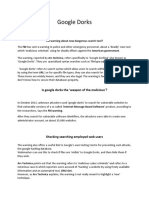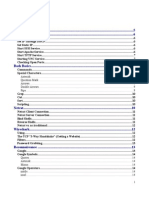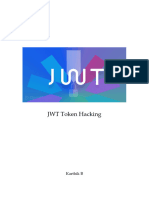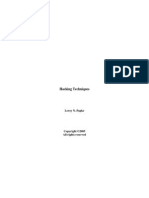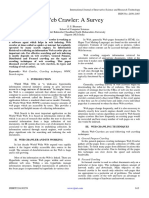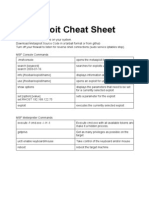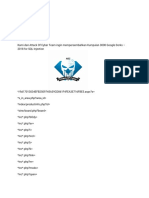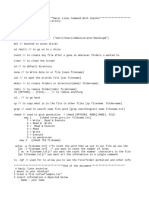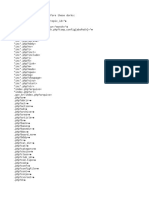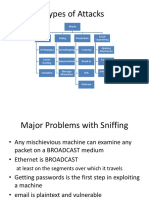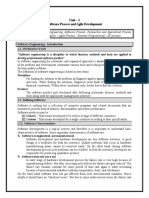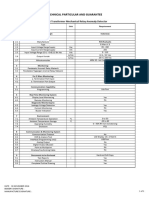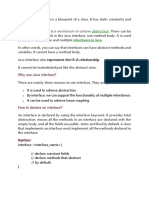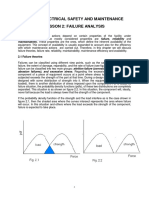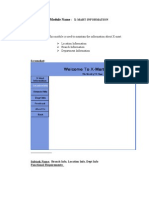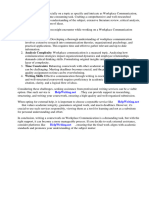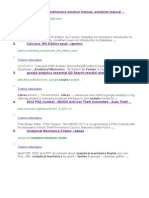0% found this document useful (0 votes)
515 views11 pagesGoogle Dorks For Pentesting
The document discusses Google dorking which uses advanced Google search queries to find information not easily accessible on websites. It provides examples of special search operators and Google dorks that can be used to find vulnerable software versions, exposed documents, backup files, SQL injection vulnerabilities, and exposed directories that may contain sensitive information.
Uploaded by
Clara Elizabeth Ochoa VicenteCopyright
© © All Rights Reserved
We take content rights seriously. If you suspect this is your content, claim it here.
Available Formats
Download as PDF, TXT or read online on Scribd
0% found this document useful (0 votes)
515 views11 pagesGoogle Dorks For Pentesting
The document discusses Google dorking which uses advanced Google search queries to find information not easily accessible on websites. It provides examples of special search operators and Google dorks that can be used to find vulnerable software versions, exposed documents, backup files, SQL injection vulnerabilities, and exposed directories that may contain sensitive information.
Uploaded by
Clara Elizabeth Ochoa VicenteCopyright
© © All Rights Reserved
We take content rights seriously. If you suspect this is your content, claim it here.
Available Formats
Download as PDF, TXT or read online on Scribd
/ 11
